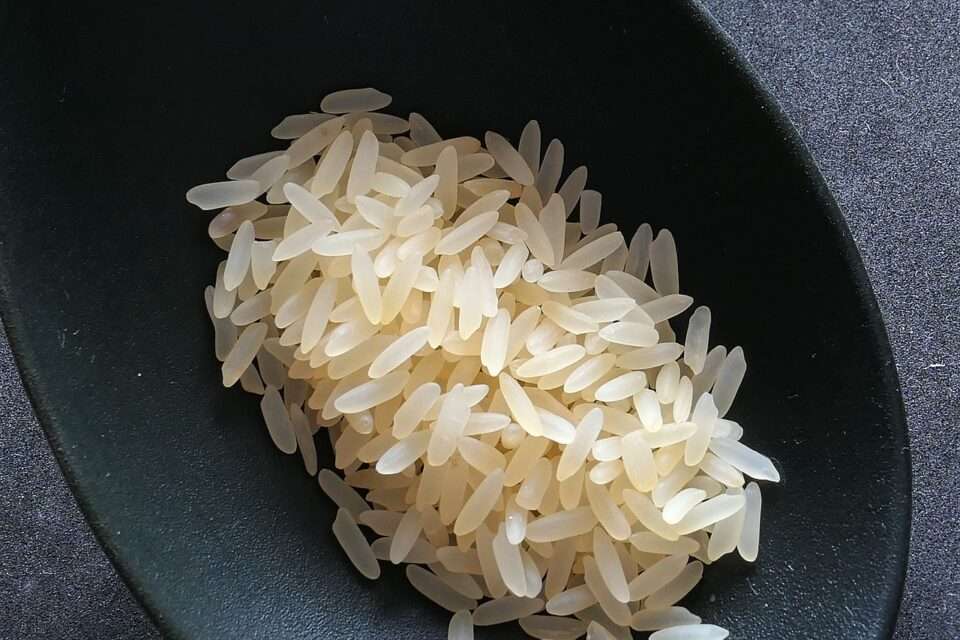As it is well known, rice is a natural source of energy for the body that is used by many people around the world. It is part of the daily diet of many families, adapted to the tradition of the local cuisine. and of many menus in restaurants and food establishments.
There is a large variety of rice in which jasmine rice and white rice are among the most popular. But is one better than the other?
Although these two types of rice seem very alike, they have noticeable differences. Therefore, in this post we provide an overview of the main similarities and differences between them. So you will know the necessary information about jasmine rice vs white rice, in case you need to choose between them.
Similarities
As to similarities, these two types of rices have similar nutritional profiles. Typically all white rice is subjected to a processing, in which the husk (hard protective cover), bran (outer layer), and germ (inner kernel) are removed. But in this process fiber and many nutrients are also removed.
White jasmine rice is produced in the same manner, and that is why it is included in the white rice category.
In terms of nutrients, these two types of rice share similar values. We can point out, for example, that both have the same amount of proteins (4 grams). Regarding carbohydrates, these components are also very alike in quantity: white long grain rice has 36 grams, while jasmine rice has 39. Likewise, other elements are the same. For instance, the dietary fiber is 1 gram, calcium is 2% of daily value, and iron is 0%. Calories are almost equal: 160 for white rice and 181 for jasmine.
In addition, jasmine rice and long grain white rice naturally contain small amounts of some minerals like zinc, magnesium, manganese, copper, as well as B vitamins.
Differences
Concerning differences, in terms of color, white rice is always white, but jasmine rice can be white, brown, red, purple, or black.
Also, white rice can have a short, medium or long grain, while jasmine rice has a long grain. Likewise, they have different aromas and look distinct.
Since jasmine has a fluffy and slightly sticky consistency when cooked, it is considered particularly resistant to cooking. However, the consistency of white rice can vary widely, and it can be glutinous and very sticky.
On the other hand, jasmine rice is also recognized by its distinctive popcorn smell, being therefore categorized among the fragrant rices. This smell is produced by the content of a molecule called 2-acetyl-1-pyrroline. Long grain white rice, instead, has a somewhat neutral odor or does have a distinct smell, like most types of white rice.
Is jasmine rice healthier than long grain white rice?
To this respect there have been several discussions, but there are no definitive conclusions. Different studies performed have shown that jasmine rice is somewhat healthier than its white rice counterparts. Although this variety has also been deprived of nutrients, it still provides iron and niacin. The latter is important for energy metabolism and cell division.
Regarding white rice, it offers the nutritional benefits described above; namely minerals, low in fiber, fat, and calories. That is why it is paired with fiber-rich foods to boost a meal’s nutritional profile.
However, it must be noted that both jasmine rice and long grain white rice should not be eaten daily. According to investigations, people who eat white rice daily have an eleven percent higher risk of developing type-2 diabetes. Although this risk decreases when switching to brown rice, i.e. whole grain varieties. So if you are a fan of the typical jasmine scent but want to drive a little healthier, you should choose the natural variety.

